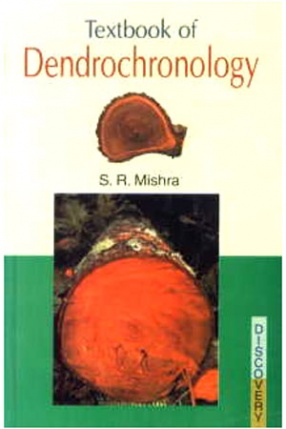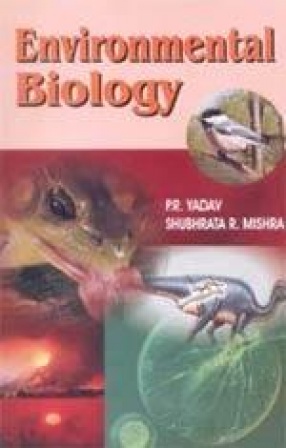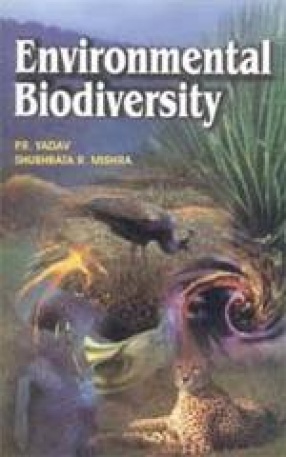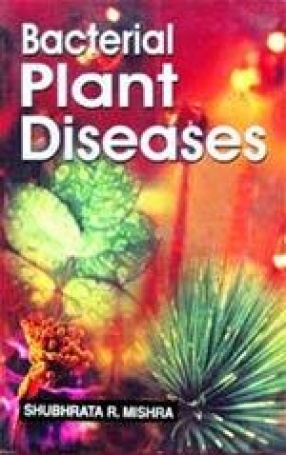Textbook of Dendrochronology
Synopsis
Dendrochronology (from Greek, dendron, "tree"; khronos, "time"; and, - logia) or tree ring dating is the method of scientific dating based on the analysis of tree ring growth patterns. This technique was developed during the first half of the 20 century originally by the astronomer A.E. Douglass, the founder of the Laboratory of Tree Ring research at the University of Arizona. Douglass sought to better understand cycles of sunspot activity and reasoned (correctly) that changes in solar activity would affect climate patterns on earth which would subsequently by recorded by tree ring growth patterns (i.e., sunspots? climate? tree rings). The technique of dendrochronology can date the tree rings in many types of wood to the exact calendar year each ring was formed.
A benefit of Dendrochronology is that it makes available specimens of once living material accurately dated to a specific year to be used as a calibration and check of radiocarbon dating, through the estimation of a date range formed through the interception of radiocarbon (BP, or 'B'efore 'P'resent, where present equals 1950-01-01) and calendar years. The Bristlecone pine, being exceptionally long lived and slow growing, has been used for this purpose, with still living and dead specimens providing tree ring patterns going back thousands of years. In some regions dating sequences of more than 10,000 years are available. The dendrochronologist faces many obstacles, however, including some species of ant which inhabit trees and extend their galleries into the wood, thus destroying ring structure.
Read more
A benefit of Dendrochronology is that it makes available specimens of once living material accurately dated to a specific year to be used as a calibration and check of radiocarbon dating, through the estimation of a date range formed through the interception of radiocarbon (BP, or 'B'efore 'P'resent, where present equals 1950-01-01) and calendar years. The Bristlecone pine, being exceptionally long lived and slow growing, has been used for this purpose, with still living and dead specimens providing tree ring patterns going back thousands of years. In some regions dating sequences of more than 10,000 years are available. The dendrochronologist faces many obstacles, however, including some species of ant which inhabit trees and extend their galleries into the wood, thus destroying ring structure.
31.50
28.35
$
35.00 $
Free delivery Wolrdwidе in 10-18 days
Ships in 1-2 days from New Delhi
Membership for 1 Year $35.00
Get it now and save 10%
Get it now and save 10%
BECOME A MEMBER
Books by the same author











Bibliographic information